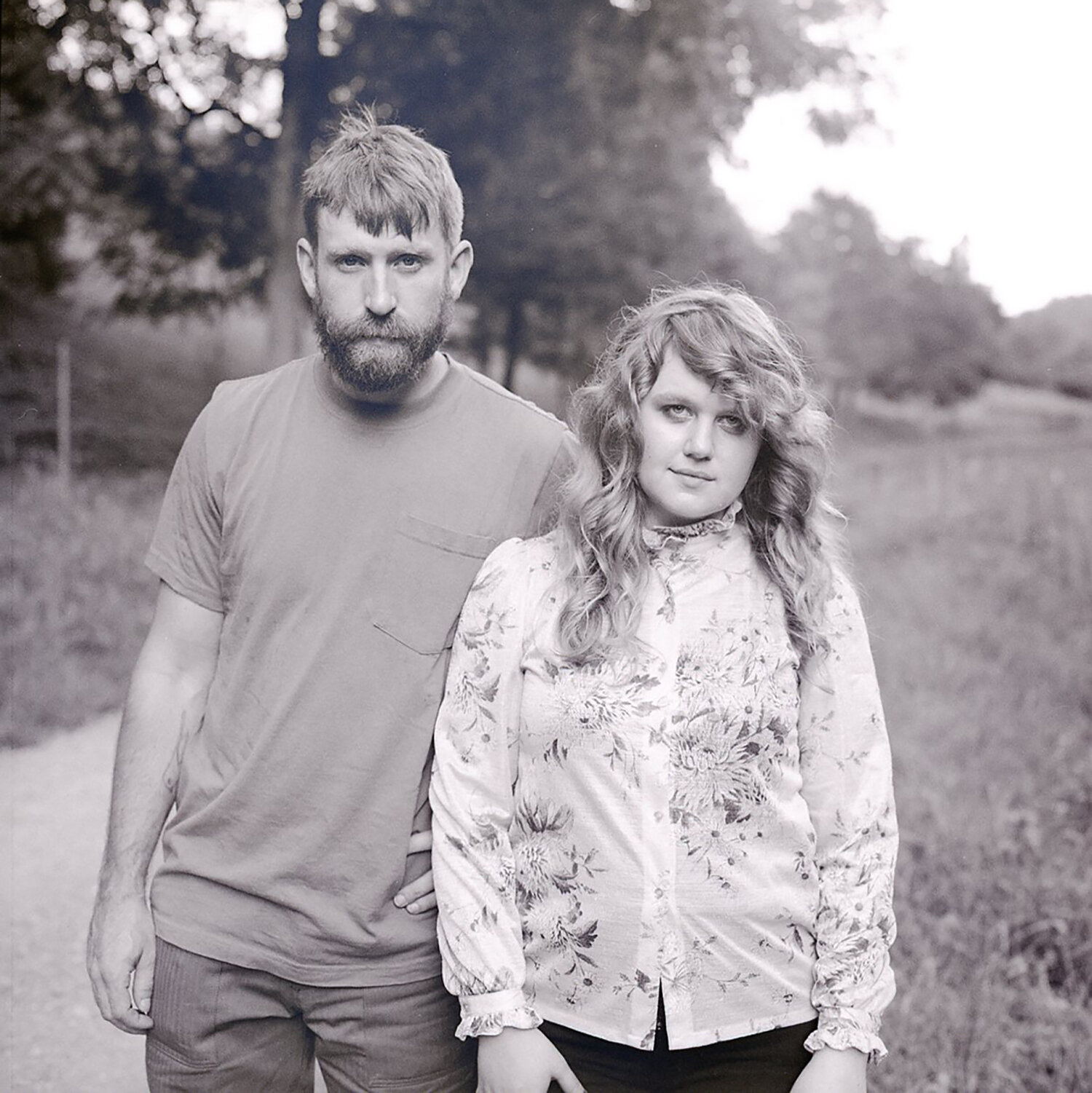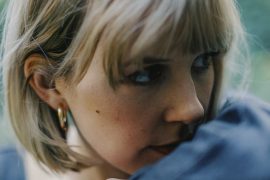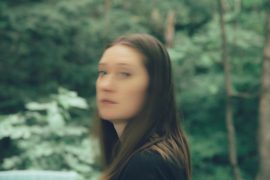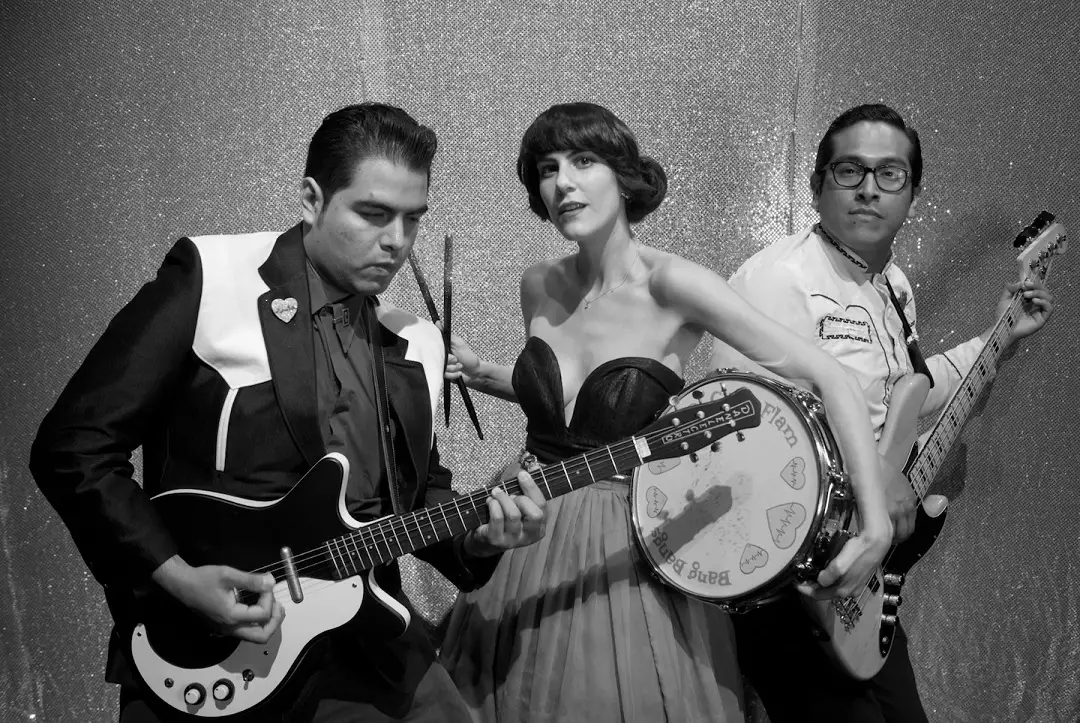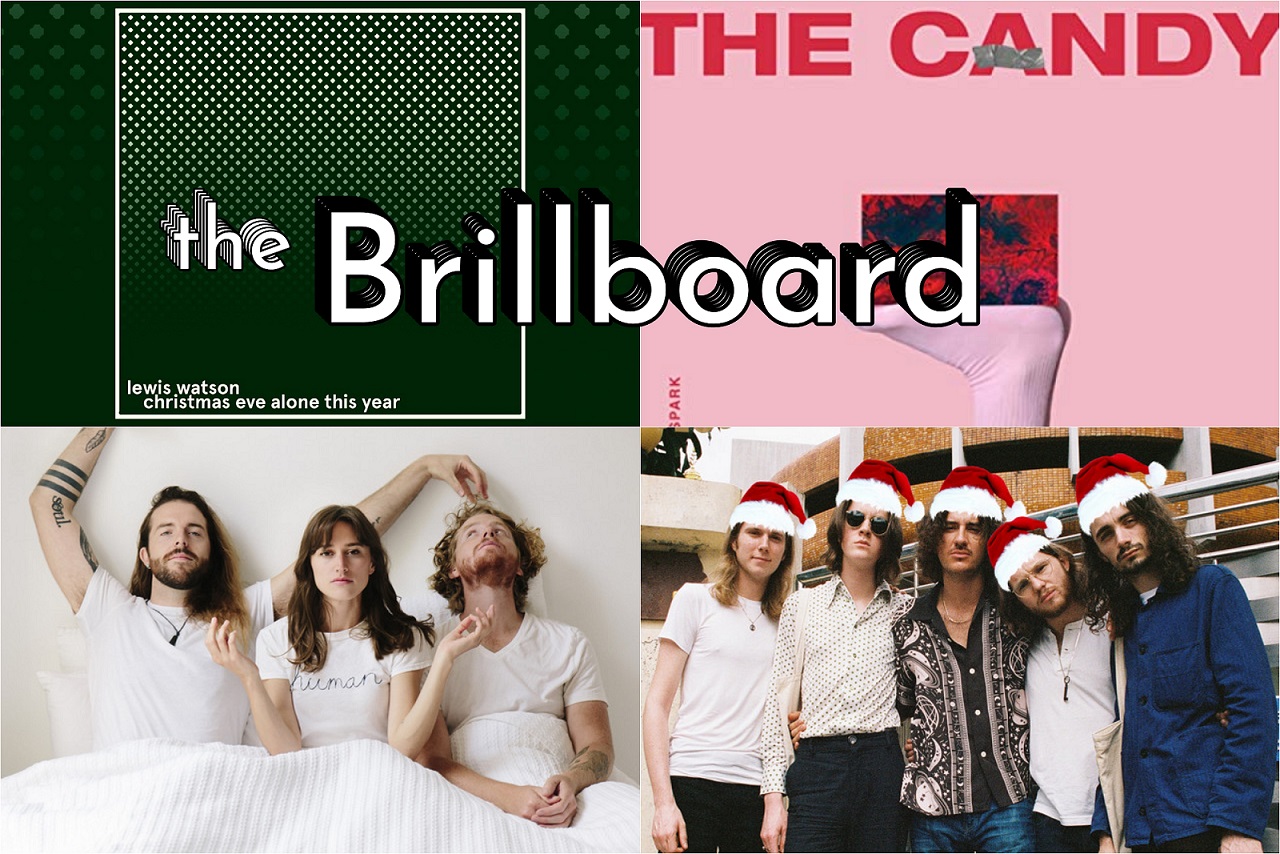Ben Barnes (The Chronicles of Narnia, Westworld, The Punisher) is finally stepping into himself and embracing childhood dreams with the release of his soul-soaked debut full-length album, ‘Where the Light Gets In.’
Stream: ‘Where the Light Gets In’ – Ben Barnes
As an accomplished actor, Ben Barnes knows what it’s like to be in the public eye.
That said, a sense of removal remains between the person and the public, as actors are more known for their roles than for the person they actually are.
Music, however, brings about a whole new level of intimacy. The space for knowing and being known is expanded two-fold. As a musician, it’s more expected that anyone who is a fan is, more often than not, a fan of the person beyond the music. This is all something that Ben Barnes is discovering firsthand as he makes his grand debut in the music industry with the release of his first full-length album, Where the Light Gets In.

At its core, Where the Light Gets In finds Barnes recognizing that we are all a product of what has happened to us, and that it is a beautiful thing to both accept yourself and to accept others as they are. Life and love are fickle, complicated things. In this project, Barnes assesses them all, those golden peaks, moody valleys, and every swerve of graying uncertainty in between, with a smooth voice and beautifully crafted atmosphere.
Now, how did it happen? We’ve seen it before and we’ll see it again, where actors dabble and chase a career in music for whatever reason, but in this case, what was it that pushed Ben Barnes into music? And it must be said, there is a clear sense of genuineness within his pursuit that sets him apart. He is not just chasing this because he can and has the means to; Barnes has a real passion for music. After seeing how people connected to certain songs off of his 2021 EP Songs For You, he thought, “Well, it was a lifelong dream to release some music, and I’ve done that now, so what is the next thing?”
“For me, it was to go and do a couple of live shows, which I did, and found to be one of the most fulfilling experiences of my life.”
After that, he began to wonder what the next ‘big challenge in this arena’ might be.
It turned out to be an album – as Barnes refers to the ultimate dream and quest of many artists “is to make an album and to put an album together, and create something from nothing and release that as its own body of work.”
“That was a creative challenge that I really relished.”
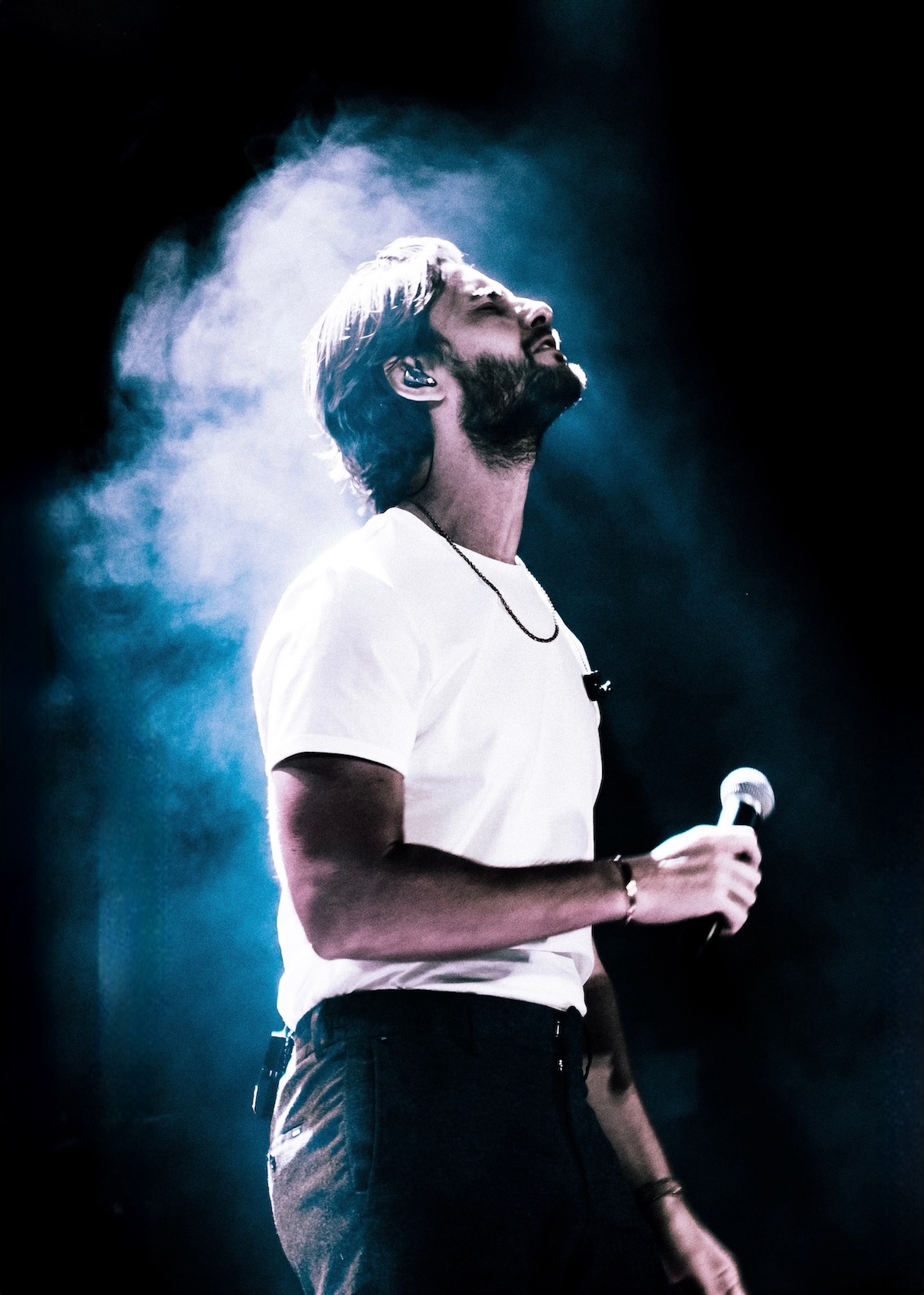
With the goal to release a full-length LP in mind, Barnes explains, things started to materialize. “I started putting together long lost songs that I had, or even just lyrics that I had lost in old notebooks, and then I started a bit more proactively spending some time finding friends to write with,” he divulges.
“I would always go into writing sessions with notebooks full of lyrics or hook ideas or even just a phrase that I thought would work well in a song. I always ended up writing all of the lyrics to the songs, but just collaborating with different people to see musically how people could push me and help me and support me because all the other songs I’d ever written had taken an embarrassing and grating amount of time sitting at the piano, trying to find things that worked for the style and my voice and everything because I just don’t have the skills of an instrumentalist to get to where I want to.”
This project was a much more collaborative endeavor than Songs for You, which was created during the pandemic, and thus sonically limited. Whereas the Songs for You tracks were primarily tunes he could play as just himself with a piano – because that is what he could do at the time – those from Where the Light Gets In were permitted more complexity and exploration in terms of construction.
“I tried lots of different things,” he says. “I tried putting music to lyrics I had already written, I tried putting lyrics to music someone else had written, and we tried doing them both at the same time. It was just a really beautiful, fulfilling, six months or so.”
Some of the songs had been ideas from long before Barnes seriously pursued the dream.
“From not having songs to having demos of the ones which I thought might end up on the album, it was probably like a two-year thing,” he recalls. “It was so rewarding, and I have so many beautiful memories of writing a song with someone, making it a little scratchy demo, and then realizing it was two o’clock in the morning and going to try and find something to eat in a car, but playing the demo in the car thinking, ‘Wait, I think this is gonna be good.’”
“And then I realized I sort of had this collection of songs, which wasn’t quite a full album yet, but a collection of songs about different moments in relationships” – which he describes as a sort of jumbled mix of vignettes of “the ups and downs of how you feel in different relationships.”
Here Barnes gives some context from his perspective about what he communicates with his album in more specifics, stating that it is “not necessarily about the relationships themselves, or the moments themselves,” but instead, “about charting the graph of how you feel when you meet someone and it’s exciting, how you feel when things are feeling more messy than you want or more turbulent than you want, how you feel when you look back at something with nostalgia and tenderness, but kind of wish it was another way, or how you feel when you want someone to love you in a different way.”
At this point in the process, he was able to see what he did and didn’t have, and started crafting a project that felt seamless and whole from beginning to end.
“I wanted to fill in the gaps so it feels like a complete arc of the breadth of human romantic or relational experience, not that anyone could do that,” he caveats, “Shakespeare couldn’t do that – not from my perspective, at least.”
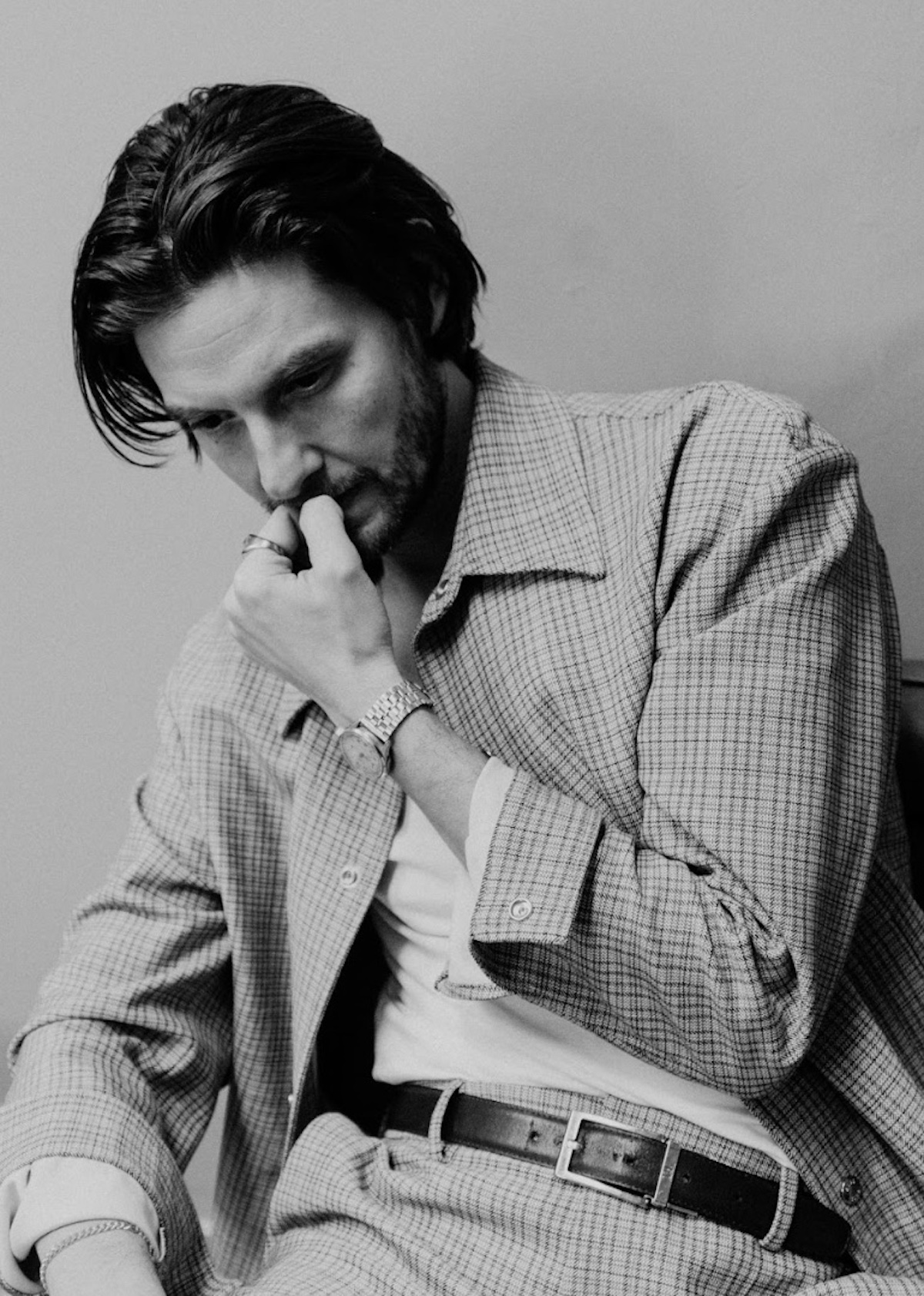
So that is what he did, now noting retrospectively that he found the whole writing journey to be “really fulfilling.”
Barnes ended up developing twelve tracks that take listeners on a journey through all the phases of relationships, the dreamy, the bleak, the riveting, and the unfortunate end.
Moving into the meat of what exactly helped bring the album to what it is today, we get into who Barnes’ influences were with this project because art inspires art, and all great art has links that thread it back to other great art. Barnes references Stevie Wonder, Elton John, Donny Hathaway, Ray Charles, and Aretha Franklin (among others) as his musical inspirations. These have been his influences since he was a teen, explains; they make the music that makes his “soul happy.” As for modern-day references, Barnes credits Olivia Dean as one of his “metrics for everything.” Thematically, all of these artists’ songs revolve around the same sort of topics – and as far as genres go, Dean lives within the rare sector for modern-day soulful pop artists. Barnes also credits Hozier for being a guiding light as he worked on the edgier tracks on the album, like “Three New Hearts.”
Influences aside, “You have to filter it through the lens of your lived experience and who you actually are,” Barnes adds. “No matter how hard I try, I’m never going to sound like them unless I try to copy, which is not the point of making something.”
His entire goal with the album was to create something that was catered toward his skill set at the end of the day. Where The Light Gets In, is immediately digestible on purpose. “Literally on a first listen you can connect with it emotionally and understand it on an emotional level,” which is, as Barnes indicates, the real pop element of the album.
Returning to the idea of reference points and how they impact his work, Barnes mentions how sometimes there are influences that he isn’t even aware of – and that makes it all the more interesting.
“It’s always wonderful that you don’t necessarily have something specific when you’re making it,” he says.
“I think in the same way that you can’t write anything without everything that you are and everything that you’ve been through influencing it, you can’t really write music without all the music ever that you’ve felt passionate about filtering through a little bit.”
Barnes reconsiders, and muses that you “probably can,” but it’s not of any interest to him to create in that way.
“I’ve spent 20 years on sets, playing other people and thinking about what their choices and their decisions would be. This was my opportunity to just make my own decisions and make my own choices, and connect directly from heart to mouth, rather than filter it through my brain too heavily.”
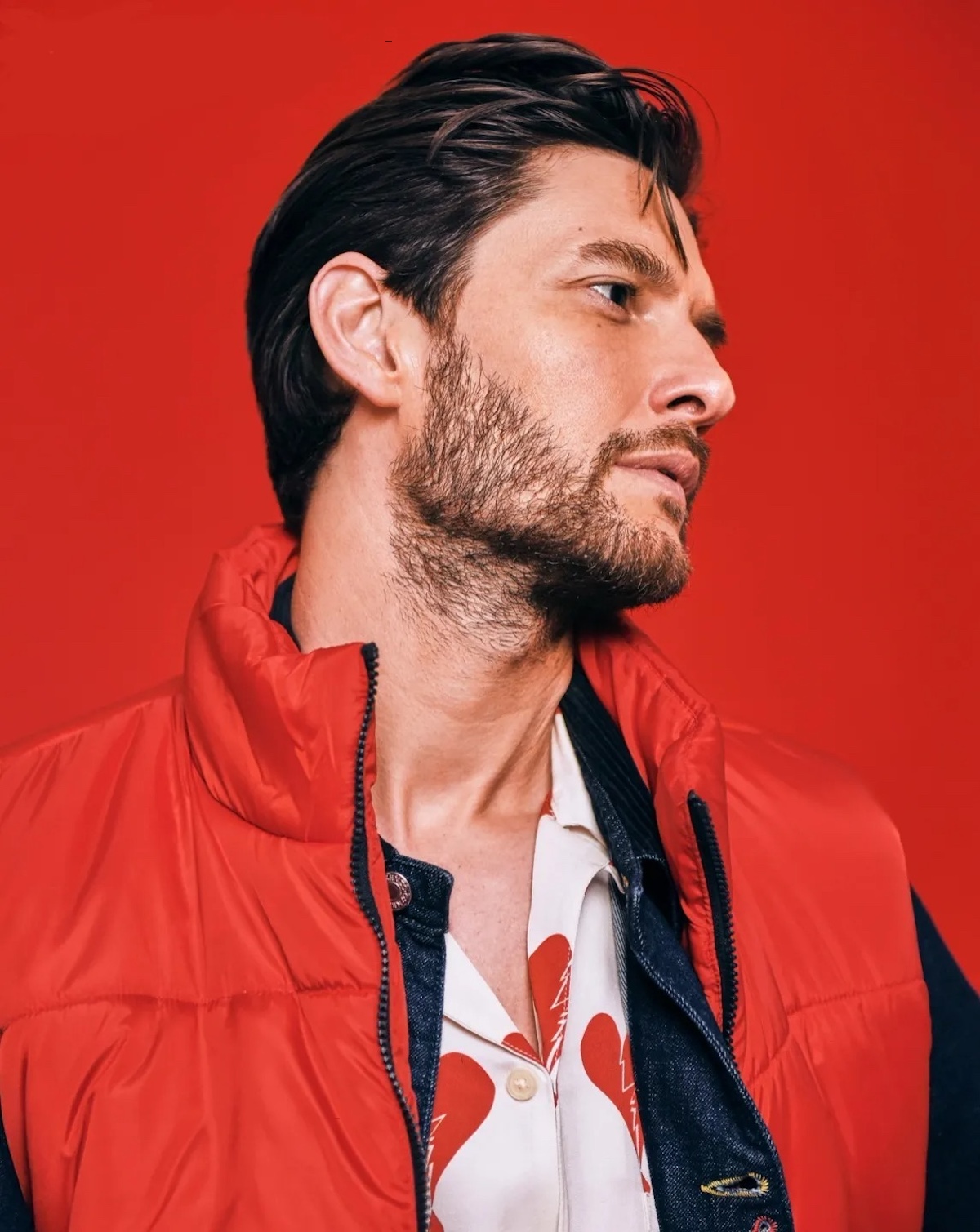
At the root of all his passions, what ties Barnes’ established career as an actor to his long-standing interest now role as a musician is simply a love for and of words.
“I love words. I love how they fit together and piece together.”
When asked about what similarities he has found between acting and music, Barnes says, “When I’m on set for something, or hopefully before that when I’m looking at scripts, I’m trying to think of what is the most interesting and apt choice in terms of how to deliver these words to this person in this scenario. Sometimes that involves shifting words around a little bit and kind of making the puzzle fit.”
When working on music, he works to solve the puzzle of juggling themes for songs with lyrics and the actual musicality with the composition of it all, bringing the root of the similarity of the two arts to be the challenge of the jigsaw.
“That puzzle aspect of how words fit together is definitely connective tissue between the two disciplines.”
On the flip side, the difference between the two vocations lies within the “rawness and the vulnerability and the way you deliver that.”
Both arts are notably highly involved and self-sacrificial in a sense, as you have to give so much of yourself up to embody the essence of the project as fully as you can. Barnes sheds some light on how he perceives it: “On screen, you’ve hopefully successfully fit these words in a way which makes sense to you and you’ve figured out how you want to deliver them, and then you’re the person who has been cast. And again, you can’t ever play a character without a little bit of everything you are, seeping through the cracks in the facade of what you want to portray because it’s asked for in a script. And so you are figuring out how you can relate to it, and what it means to you and you can’t do that without being you. So you’re trying to squeeze that in, whereas with music, that can be the first thing you do.”
He continues enthusiastically, “You lead with this is who I am, this is how I was feeling about this thing, how do you feel about this thing? That’s at the very front of music for me and then you know, the other stuff stacks up behind it.”
In summary, it comes down to the prioritization of storytelling.
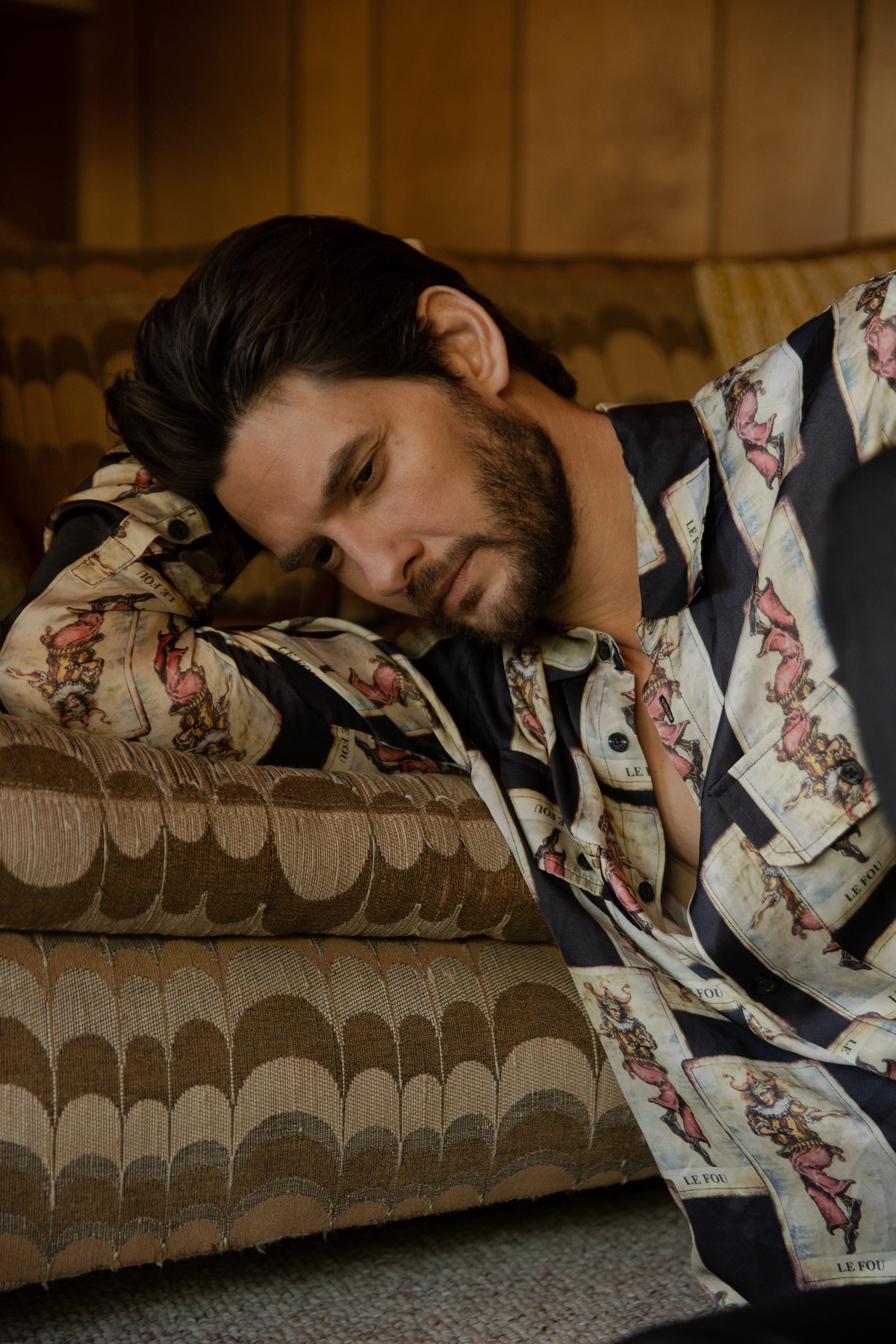
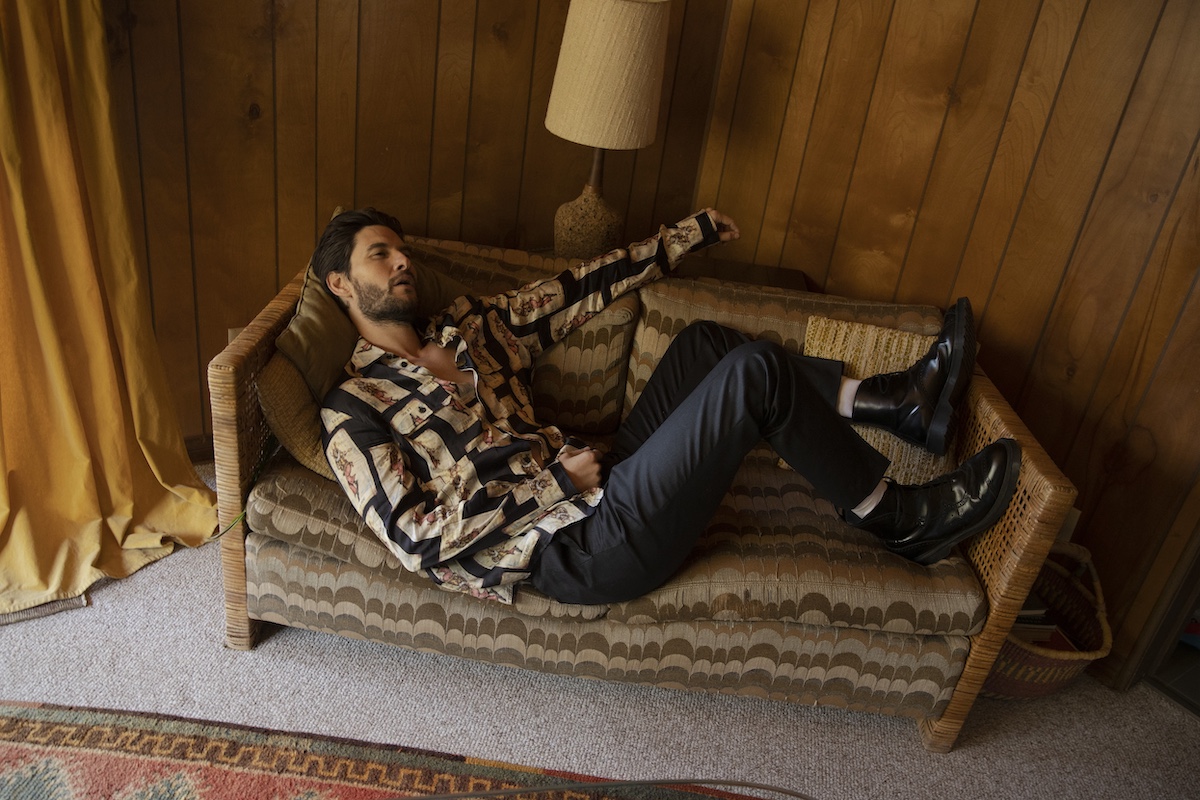
If this interview and the album are anything to go by, it’s easy to say that music is shaping up to be Ben Barnes at his most authentic.
One could say that after spending 20 or so years devoted to the screen, musicianship is offering Barnes the chance to just be himself.
In other words, music is more than just some pastime fling for him; it is part of who he is at his core.
“It definitely doesn’t feel like a role or acting to me at all,” he notes.
That said, Barnes reminisces on how curious it is to view music as the musician. He details how fascinating it is that at each stage from the moment something happened and how he felt then, to how he felt when trying to write a song about it, to playing the song at a gig to looking at it now years after, emotions range and evolve as do the meanings of songs, “even for the author.” In the end, it’s all a matter of how perspective and time impact both the individual and the work. Time does change everything, at least in one way or another.
Barnes briefly grants some insight into the opening track of the album, “Beloved.” If you’ve yet to give the album a listen, this track introduces the album with this quote from Charles Dickens’ Great Expectations, “I loved her against reason / Against promise, against peace / Against hope, against happiness / Against all discouragement but could be.” On one hand, the literary tie stands as a loop back to Barnes’ cradling of a deep love for words, but it also stands as his album’s thesis statement.
He references another writer, WH Auden, who said, “If equal affection cannot be, let the more loving one be me.”
In a relationship, “there’s always shifting dynamics between who is the more loving and who is the more loved. And I think that that particular song was written about a situation in my life where I felt like the more loving one, but actually to a degree where nothing else really mattered apart from doing the loving regardless of how you were being loved in return.”
As this relates to Great Expectations, Barnes says that it is the link of awareness between himself, Auden, and the characters from Dickens’ novel – it is “that awareness that I know that it is not healthy, in the end, for me to love in this way. And I know there is a better way, but I don’t know where that path is, I can’t find it.” There’s an air of tragedy that permeates this concept, but as Barnes adds, “it is also extremely romantic. It’s like the pinnacle of romanticism.”
Barnes also includes in his explanation, in a jocular manner as he brings up his literary education background and his mother’s profession as a therapist, that he might have introduced the song with that quote because “being a big romantic, loving words, and being the son of a therapist” might’ve all had some impact on that choice because they are at the forefront of his character. Regardless, it is the inclusion of the quote that allows Barnes to communicate multitudes of emotions and notions of utter romance and romanticism and failed relationships in tandem so successfully.

As our time together comes to a close, we end on one final question concerning what Barnes sees his role as an artist as. As he reflects, Barnes determines that it comes down to three core pillar-like questions for him. The first two are, “Am I being integral and authentic? Am I saying something real and I think worth putting out into the world,” about which he elaborates that being a champion for romance, goodness, hope and the action of spending your time on earth with intent and purpose is vital to him and all things which he hopes his music conveys. Concerning this concept, he includes that element of relatability as holding a great deal of significance. He notes that when it comes to authenticity he also wants to be sure that he understands the impact of his work.
As for the third pillar of Barnes’ role as the artist, he laughs and lists it as, “Does it sound like something I like? Do I like it?” Because, when it comes down to it, as an artist you make art first and foremost for yourself. You are the first critic of anything you do, and as such you are the first audience, and if anyone should enjoy your work, it should be you.
Integrity, authenticity, and personal joy are the cornerstones of Ben Barnes’ artistry and identity. “I think that if I am doing those three things, then I’ll know that I can hold my head up and be proud of what I’ve shared,” he says with a smile.
Barnes’ debut album Where the Light Gets In is out now.
— —
:: stream/purchase Where the Light Gets In here ::
:: connect with Ben Barnes here ::
— —
“Nevermind” – Ben Barnes
— — — —

Connect to Ben Barnes on
Facebook, Twitter, TikTok, Instagram
Discover new music on Atwood Magazine
© Ciara McMullan
:: Stream Ben Barnes ::


 © Ciara McMullan
© Ciara McMullan
